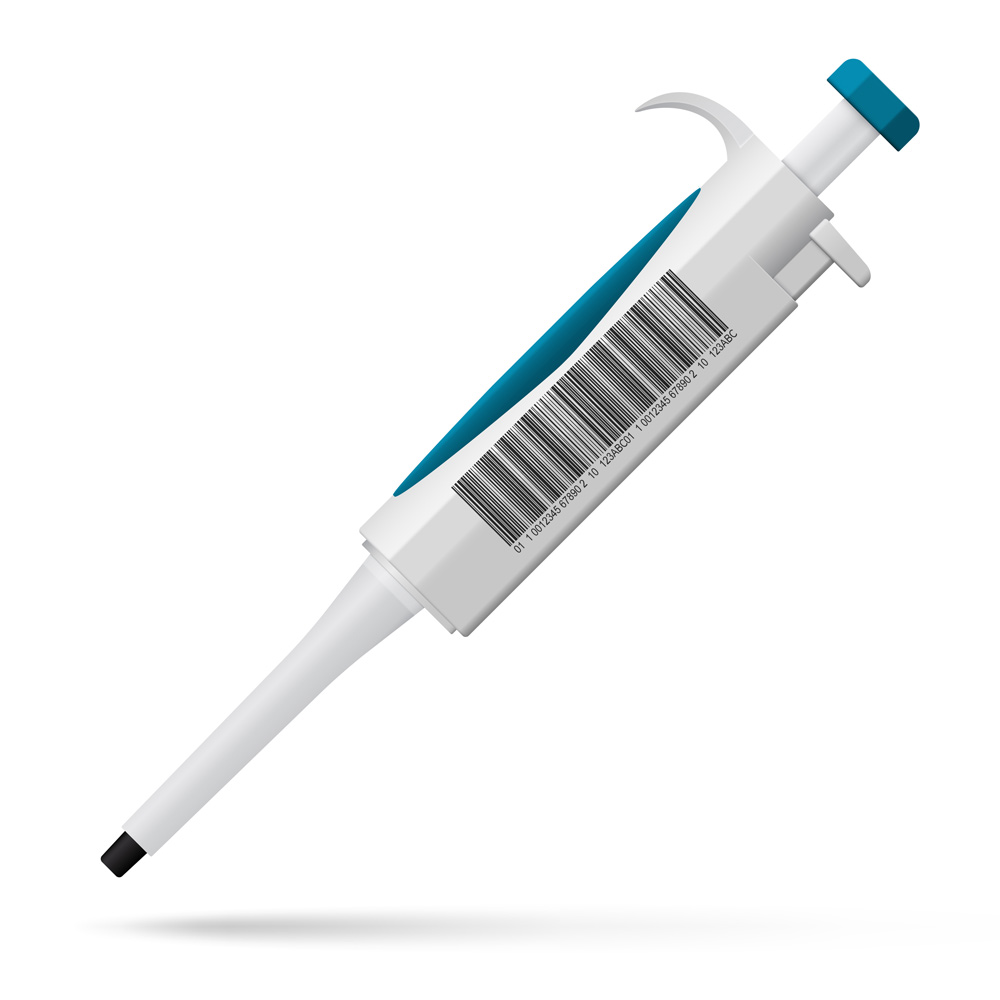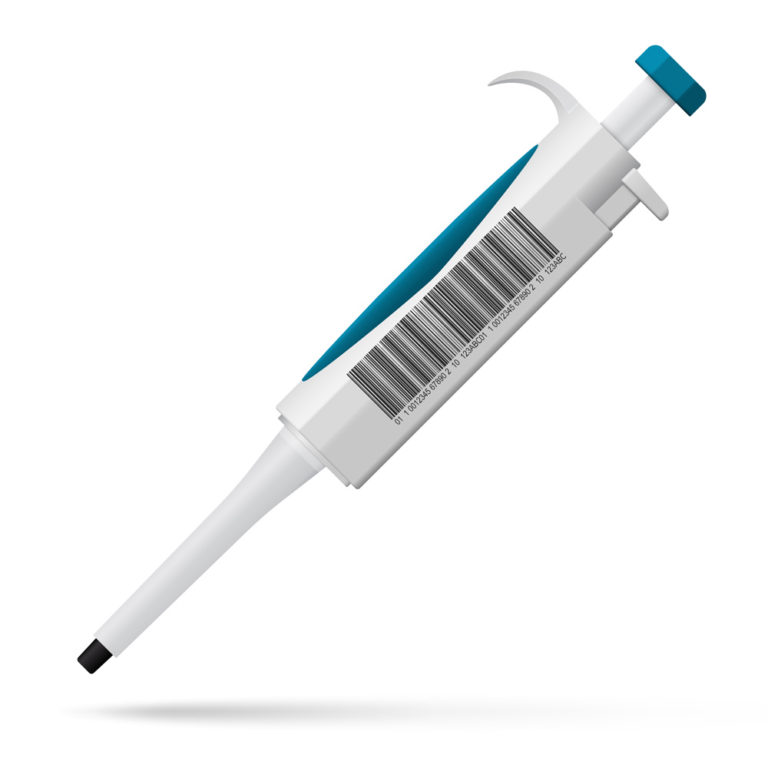The ROI of UDI Legislation…Is There Any?
As Director of Regulatory & Quality for Creation Design Services, I continuously ask the question, “Is there value-add with the new UDI System?”
The regulations to make medical devices safer and with the highest possible quality are constantly evolving. A good example of this has been the implementation of the Medical Device UDI System.
The Food and Drug Administration (FDA) UDI System focuses on labeling medical devices with a unique device identifier (UDI) in human and machine-readable format. The legislation came into effect in 2013 and the implementation period continues until 2020. If you’re a regulatory professional in the medical device industry today, most likely UDI compliance is part of your daily conversation.
According to the FDA, a primary initiative behind UDI labeling is to improve device traceability throughout the life of the product in order to:
“Improve patient safety, modernize device post-market surveillance, and facilitate medical device innovation”
However, validating that claim can be challenging.
How can the industry measure the ROI for UDI implementation?
Measuring the Benefits of UDI Labelling
Here are three tangible metrics that can be possibly used to gauge the benefits of UDI labeling:
- Adverse Events – a reduction in future Medical Device Reporting (MDR) would suggest problem devices are identified and recalled earlier with UDI tracking.
- PMA / 510(k) approval and clearance process time – UDI provides diligent post-market monitoring and analysis of medical device applications to support new uses and new medical benefit claims.
- Device Recalls – UDI can quickly track down locations of end users for stop-use/ recall bulletins.
Adding UDI information to a patient’s electronic health record (EHR) may also improve the efficiency of health care insurance claims. In a recent letter from the Centers for Medicare & Medicaid Services (CMS), UDI information may “improve device oversight and monitoring and support more robust research”, however, according to AAMI and the U.S. Department of Health and Human Services, changes in workflow and updates to the billing and claim process would have to be implemented before this could happen. And this is a financial and resource burden the CMS apparently would not be willing to absorb themselves at this time.
Analysis and Prevention: ROI from a Holistic Approach
So will the UDI requirement provide additional patient safety? And is there a monetary benefit to gain as well?
I believe there are clear benefits of the UDI legislation, however, simply placing a new label format on a device will have little effect if the whole global supply chain and healthcare industry miss their cues.
In my mind, there are two key elements.
1. Good data and strong analysis with actionable correction
The onus falls on field reporting. Period.
ROI will only be realized with accurate identification of questionable devices and timely reporting of adverse events.
Traceability, swift recalls, root-cause analysis of failures and unambiguous conclusions are paramount to the success of the UDI program.
2. Harm Reduction as part of the bigger picture
Reducing the number of adverse events can decrease the cost of healthcare for all of us.
When a patient is injured or dies due to product or user negligence, the cost of litigation is passed on to you and me. According to U.S. mortality statistics, preventable medical errors claim 400,000 people each year. It’s one of the top killers in the U.S., third only to heart disease and cancer, costing a staggering $1 trillion each year.
So as a regulatory professional, advocate of the FDA’s UDI vision, and occasional patient, I look forward to finally seeing the benefits of a fully implemented system.
I believe that ROI will come via: faster FDA premarket notification and approval submissions, a reduction in harm from misuse of a medical device, and a reduction in overall healthcare costs.
UPDATE (October 27, 2016):
Creation Technologies recently launched its FDA UDI Compliance Program in their global manufacturing and design operations. In a move to ensure medical product safety and quality, all ten of Creation’s manufacturing locations will now require FDA UDI compliance and labeling for all Class I, Class II, and Class III medical devices.
Read the full press release here.



